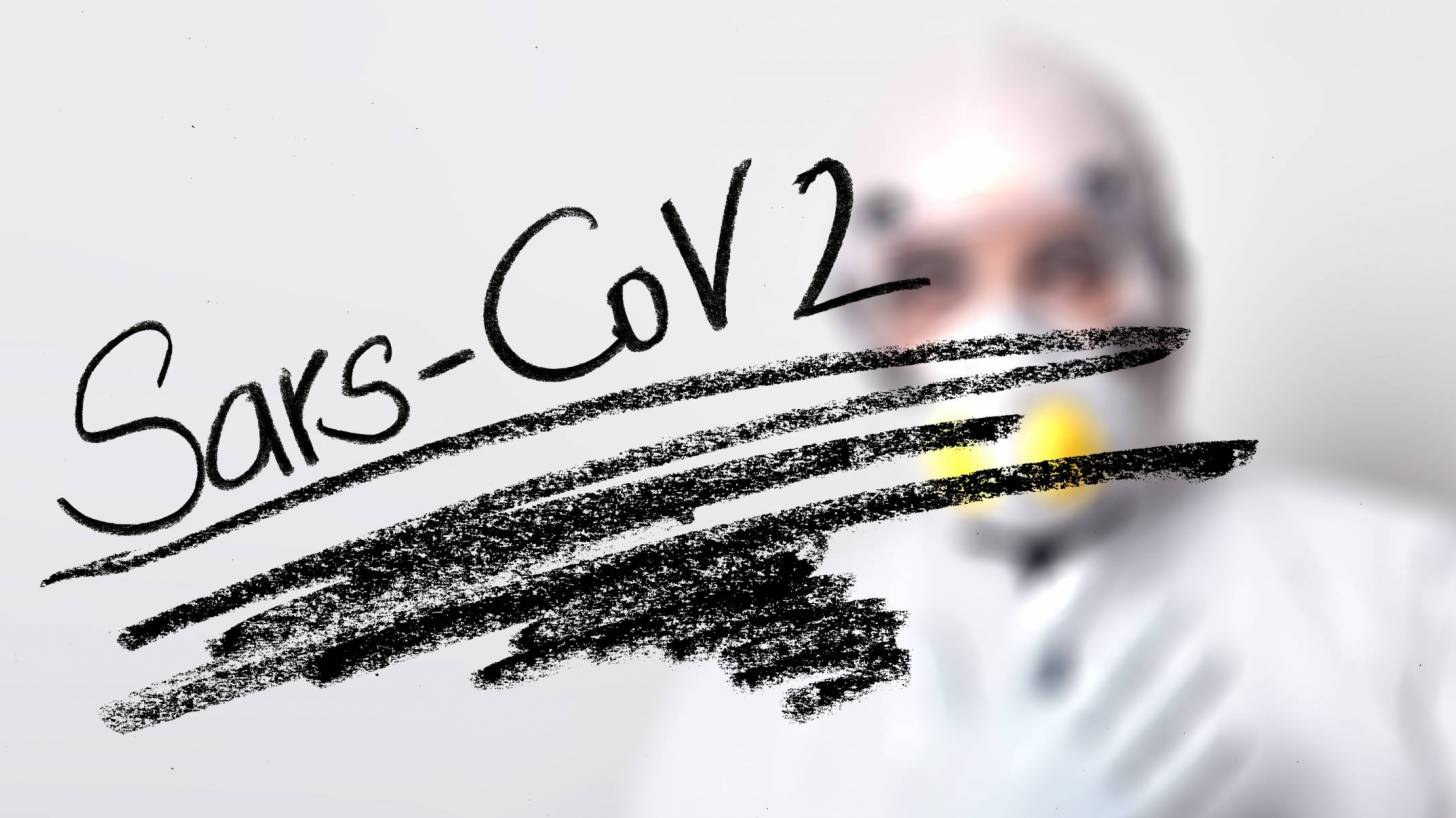Health Officials Say ‘The Coronavirus Risk For Texans Remains Low’

The Texas Department of State Health Services (DSHS) reaffirmed it is working closely with the US Centers for Disease Control and Prevention (CDC) in monitoring the novel coronavirus SARS-CoV-2 outbreak.
On February 11, 2020, the World Health Organization named the disease Coronavirus Disease 2019 (COVID‑19).
Chinese health officials have reported tens of thousands of cases of COVID-19 in China, with the virus reportedly spreading from person-to-person in parts of that country.
COVID-19 illnesses, most of them associated with travel from China, are also being reported in a growing number of international locations, including the United States.
As of February 20, 2020, the CDC has confirmed 15 COVID-19 cases in the USA, with about 52 test results pending.
The CDC has confirmed 1 case of COVID-19 in a person who has been under quarantine at JBSA-Lackland in San Antonio since their return from China.
The individual is currently isolated and receiving medical care at a local hospital.
This case does not change the risk of infection for people in San Antonio or other parts of Texas, because the patient has been under quarantine.
‘The risk for all Texans remains low.’
The current understanding of how the SARS-CoV-2 spreads is largely based on what is known about similar coronaviruses, such as MERS and SARS.
This new coronavirus is thought to spread mainly from person-to-person:
- Between people who are in close contact with one another (within about 6 feet).
- Via respiratory droplets produced when an infected person coughs or sneezes.
- These droplets can land in the mouths or noses of people who are nearby or possibly be inhaled into the lungs.
It may be possible that a person can get the COVID-19 disease by touching a surface or object that has the virus on it and then touching their own mouth, nose, or possibly their eyes, but this is not thought to be the main way the virus spreads, says Texas DSHS.
People are thought to be most contagious when they are the sickest.
However, some infections might be possible before people show symptoms; there have been reports of this with this new coronavirus, but this is not thought to be the main way the virus spreads.
There is currently no vaccine to prevent COVID-19 disease.
Several vaccine development efforts have been announced, but none have been commercially authorized by the US Food and Drug Administration.
Texas DSHS says ‘the best way to prevent infection is to take precautions to avoid exposure to this virus, which are similar to the precautions you take to avoid the flu.
DSHS always recommends these everyday actions to help prevent the spread of respiratory viruses, including washing your hands with soap and water for at least 20 seconds, especially after going to the bathroom; before eating; and after blowing your nose.
If soap and water are not available, use an alcohol-based hand sanitizer with at least 60% alcohol.
There is much more to learn about the transmissibility, severity, and other features associated with COVID-19, and investigations are ongoing, concluded this Texas DSHS statement.
SARS-CoV-2 outbreak news is published by Precision Vaccinations.
Our Trust Standards: Medical Advisory Committee

